2.5 Inches High x 9.5 Inches Wide x .375 Inches Deep
Upon arriving in London in 1811 from Scotland and seeing Lord Elgin's collection of Parthenon sculptures, John Henning (1771-1851) asked Lord Elgin for permission to study them. The Scottish sculptor was one of the first artists to do so. Henning drew the reliefs and then sculpted miniatures of them in ivory but, disliking the outcome, instead carved negatives in slate from which plaster casts could be made. He spent 12 years drawing and sculpting the Parthenon and Phigalia (Bassae) friezes. His reproductions, at 1:20 scale, are extremely detailed copies of the original sculptures although at times he did take artistic license and sculpt missing elements. Henning's miniatures of the Parthenon friezes were offered for sale by the British Museum in boxed sets. Unfortunately, Henning could not copyright his detailed sculptures, and they were copied and sold by others.
The Parthenon, a temple dedicated to the goddess Athena, is an astounding example of Classical Greek architecture and art. It was built by the architects Ictinus and Callicrates while the supervisor, and also the artistic director, for the project was the sculptor Phidias. Situated on the Acropolis in Athens, the Parthenon, at its prime, was a temple of white marble with countless colorful sculptures. Today, it is partially in ruins. The frieze that surrounded the cella, or the interior structure, still exists, but is divided among many museums around the world. The Acropolis Museum and the British Museum hold the majority of the 115 blocks, which formed the 160 meter- (or 525 foot-) long frieze. The narrative is about the procession that took place on the final day of the festival that honored Athena, the Great Panathenaia.
This reduction features panels IV, V, VI, and the majority of panel VII of the Northern frieze. These sections depict men bringing the sacrificial animals and vessels and trays who are followed by musicians.
Artist: John Henning
Museum: Examples of Henning's casts and molds are in the British Museum, London, and Paisley Museum, Paisley, Scotland
Origin: The Parthenon - Northern Frieze, Athens
Time Period: Modern, early 19th century
1911 Catalog ID # - 8057 Slab XX
Sources:
Choremi, A. “The Parthenon Frieze. North Frieze.” The Parthenon Frieze. English translation by M. Caskey. Ministry of Culture – Acropolis Restoration Service – First Ephorate of Prehistoric and Classical Antiquities – Department of Information and Education, and National Documentation Centre – National Hellenic Research Foundation, 2009, .
“The Frieze.” Acropolis Museum, .
Hadziaslani, C. and I. Kaimara. “About Parthenon.” The Parthenon Frieze. English translation by M. Caskey. Ministry of Culture – Acropolis Restoration Service – First Ephorate of Prehistoric and Classical Antiquities – Department of Information and Education, and National Documentation Centre – National Hellenic Research Foundation, 2009, .
"John Henning 1771-1851. Sculptor." National Galleries of Scotland, .
"John Henning: Reproducing Antiquity." Classics & Class, .
"John Henning's moulds and casts of the Parthenon sculptures." The Trustees of the British Museum, London. The British Museum Images, .
“Parthenon.” Wikipedia, .
![Massive Reductions on Fashion Apparel - Puffer Vests, Thermal Tops, and More | [Your Store Name]](/logo.png)
![Massive Reductions on Fashion Apparel - Puffer Vests, Thermal Tops, and More | [Your Store Name]](https://www.designerdads.shop/cdn/shop/t/15/images/menu.png?v=7.7105607210)
![Massive Reductions on Fashion Apparel - Puffer Vests, Thermal Tops, and More | [Your Store Name]](https://www.designerdads.shop/cdn/shop/t/15/images/search.png?v=7.7105607210)
![Massive Reductions on Fashion Apparel - Puffer Vests, Thermal Tops, and More | [Your Store Name]](https://www.designerdads.shop/cdn/shop/t/15/images/packet.png?v=7.7105607210)
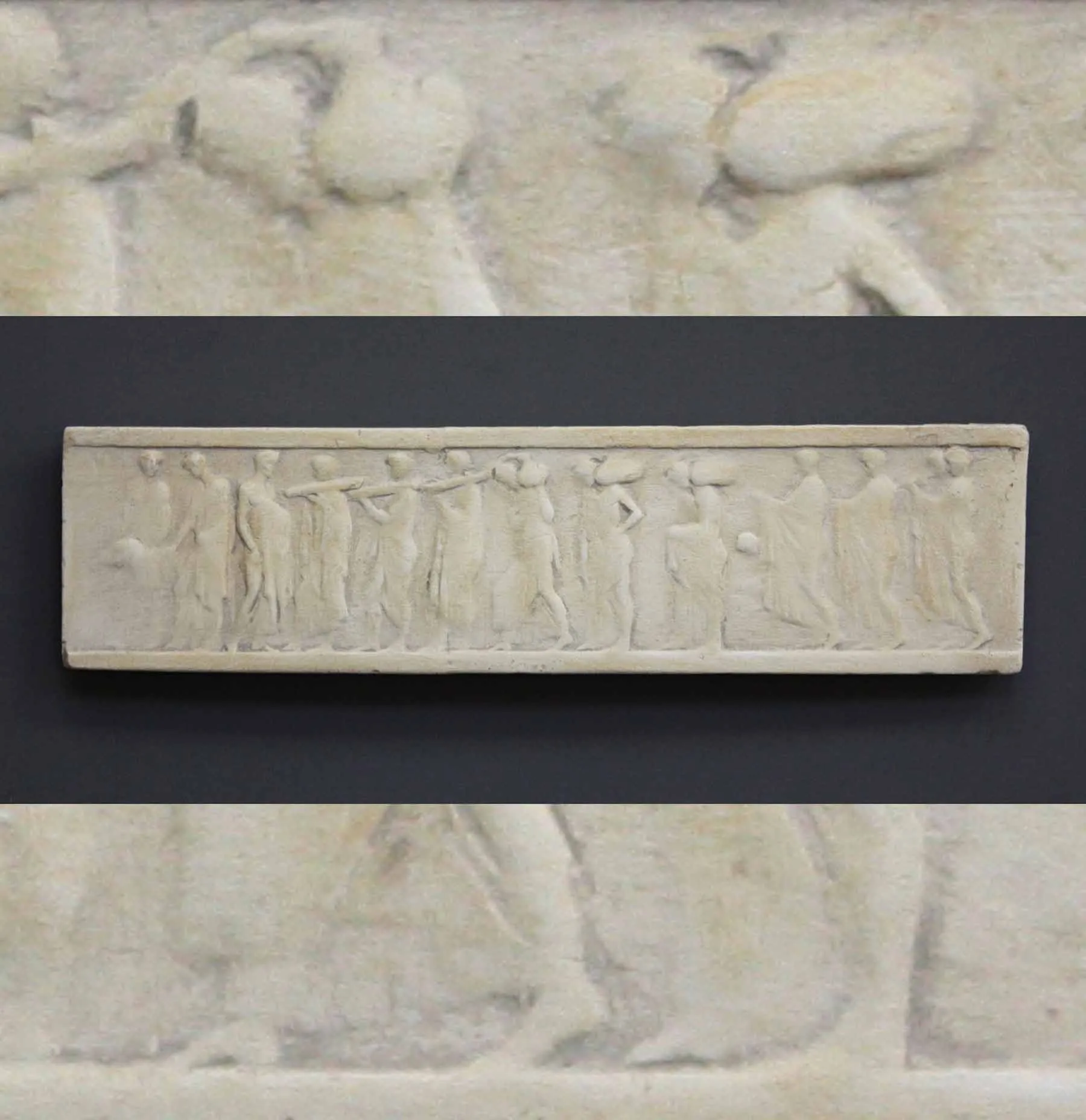




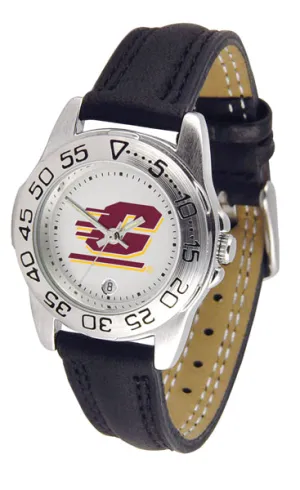

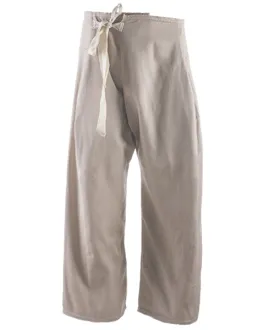
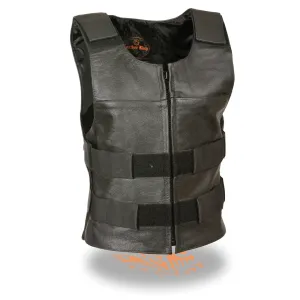

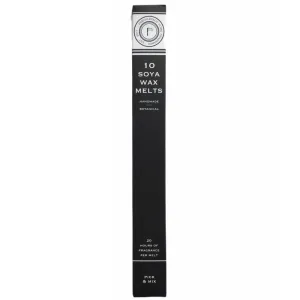
![Massive Reductions on Fashion Apparel - Puffer Vests, Thermal Tops, and More | [Your Store Name]](https://www.designerdads.shop/cdn/shop/t/15/images/empty_bag.png?v=7.7105607210)